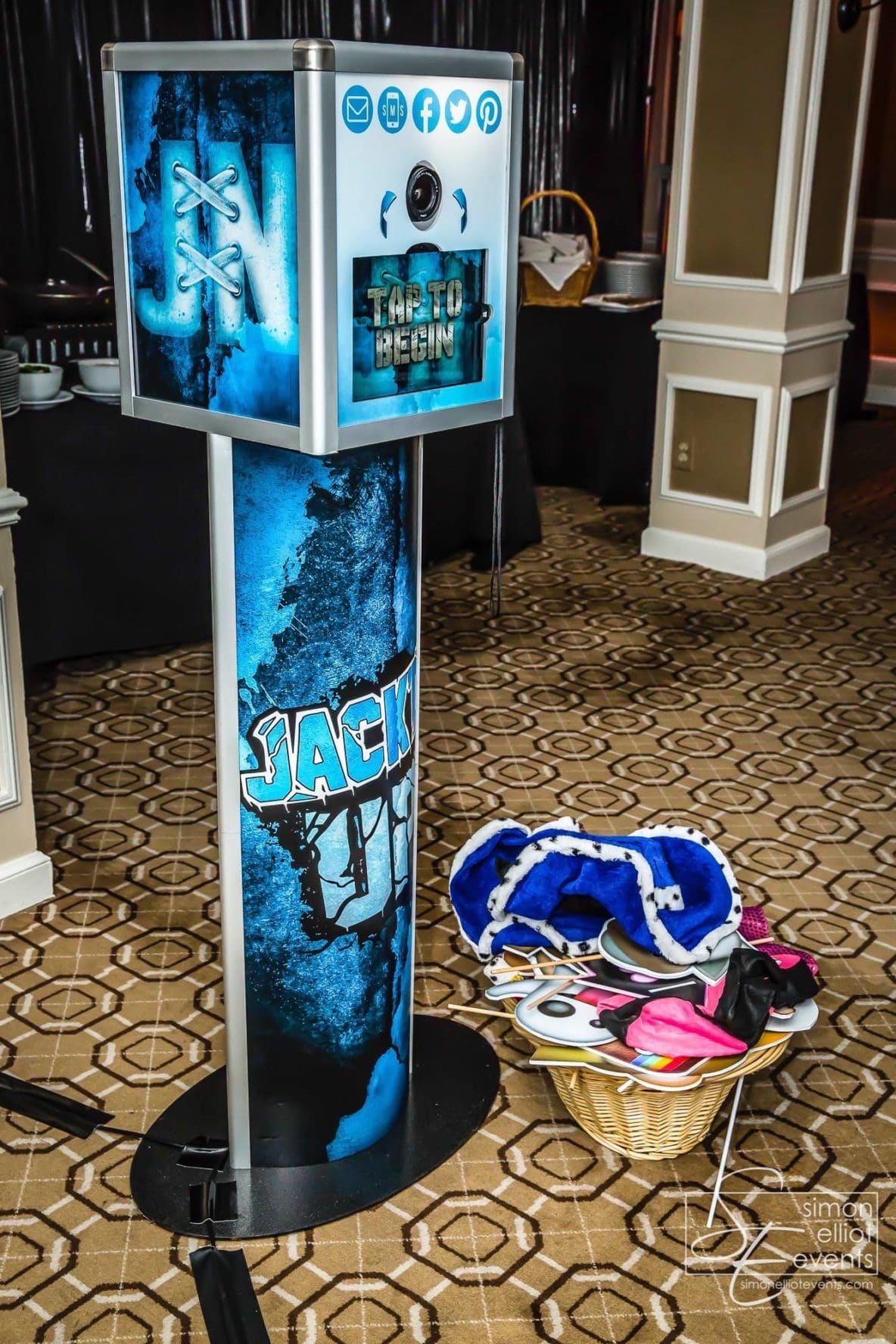
The ecological risk of talc was characterized using the Ecological Risk Classification of Inorganic Substances (ERC-I), which is a risk-based approach that employs multiple metrics for both hazard and exposure, with weighted consideration of multiple lines of evidence for determining risk classification. High-purity talc is used in self-care products including cosmetics, while lower-grade talc is used in commercial applications. In North America, approximately 2% to 4% of the talc produced and sold is used in cosmetics. Talc is a permitted food additive and is an ingredient in self-care products.

The major uses in Canada align with major global uses of talc. In Canada, talc is used in adhesives and sealants automotive, aircraft, and transportation applications building and construction materials ceramics electrical and electronics textiles floor coverings inks, toners, and colourants lubricants and greases oil and natural gas extraction applications paints and coatings paper and paper products, mixtures, and manufactured items plastic and rubber materials toys, playground equipment and sporting equipment and in water treatment. In 2011, talc was manufactured in Canada in quantities ranging between 50 to 75 million kg, and in 2016, approximately 100 million kg of talc was imported into Canada.

This substance is among those substances identified as priorities for assessment as it met categorization criteria under subsection 73(1) of CEPA. The Chemical Abstracts Service Registry Number (CAS RN Footnote 1) for talc is 1. Pursuant to section 74 of the Canadian Environmental Protection Act, 1999 (CEPA), the Minister of the Environment and the Minister of Health have conducted a screening assessment of talc.


 0 kommentar(er)
0 kommentar(er)
